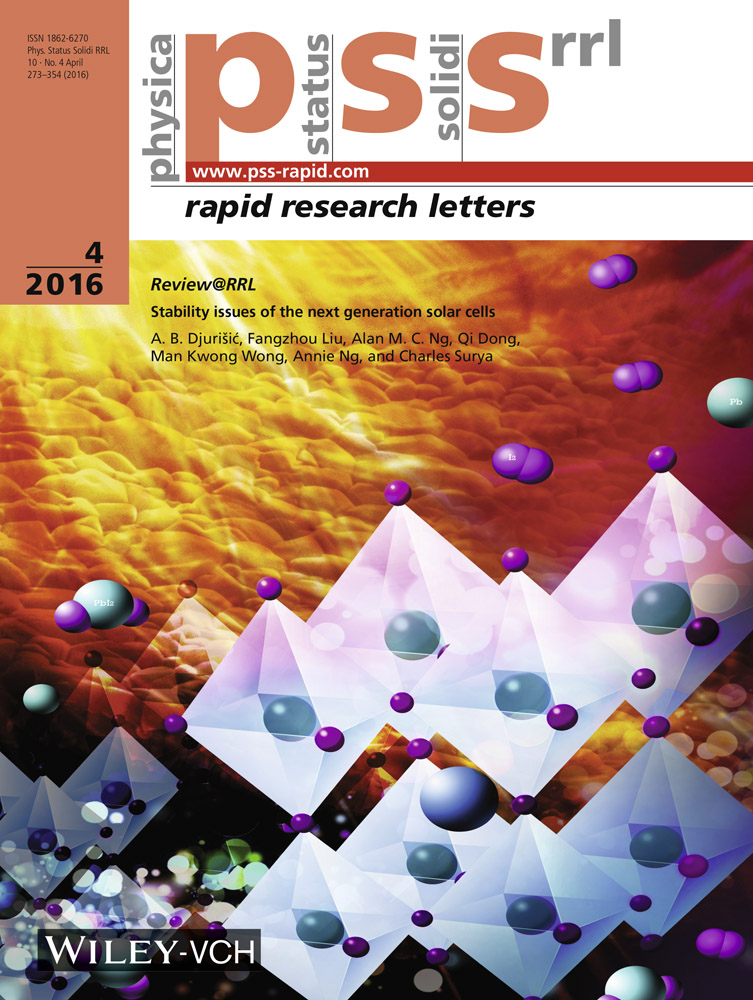Excitation dependent quenching of luminescence in LED phosphors
Abstract
Droop, the decrease of efficiency with increased power density, became a major topic with InGaN LEDs, after its introduction in 2007. This paper provides insight into droop in localized center luminescence phosphors, exemplified here by Eu2+ doped materials. This topic is of increasing importance, as high brightness blue LEDs have reached outputs >1 W/mm2. The nonlinearities in phosphor quantum efficiency result in drive-dependent color point shift and reduction of overall efficiency of phosphor converted white LEDs which utilize Eu2+ activated phosphors. The efficiency quenching can be traced back to two processes, well-known in laser physics, excited state absorption or/and cross relaxation by Foerster/Dexter transfer. Both processes lead to reduction in phosphor efficiency, but they can be differentiated. Understanding the root cause of efficiency quenching opens ways to minimize the practical consequences. (© 2016 WILEY-VCH Verlag GmbH &Co. KGaA, Weinheim)




